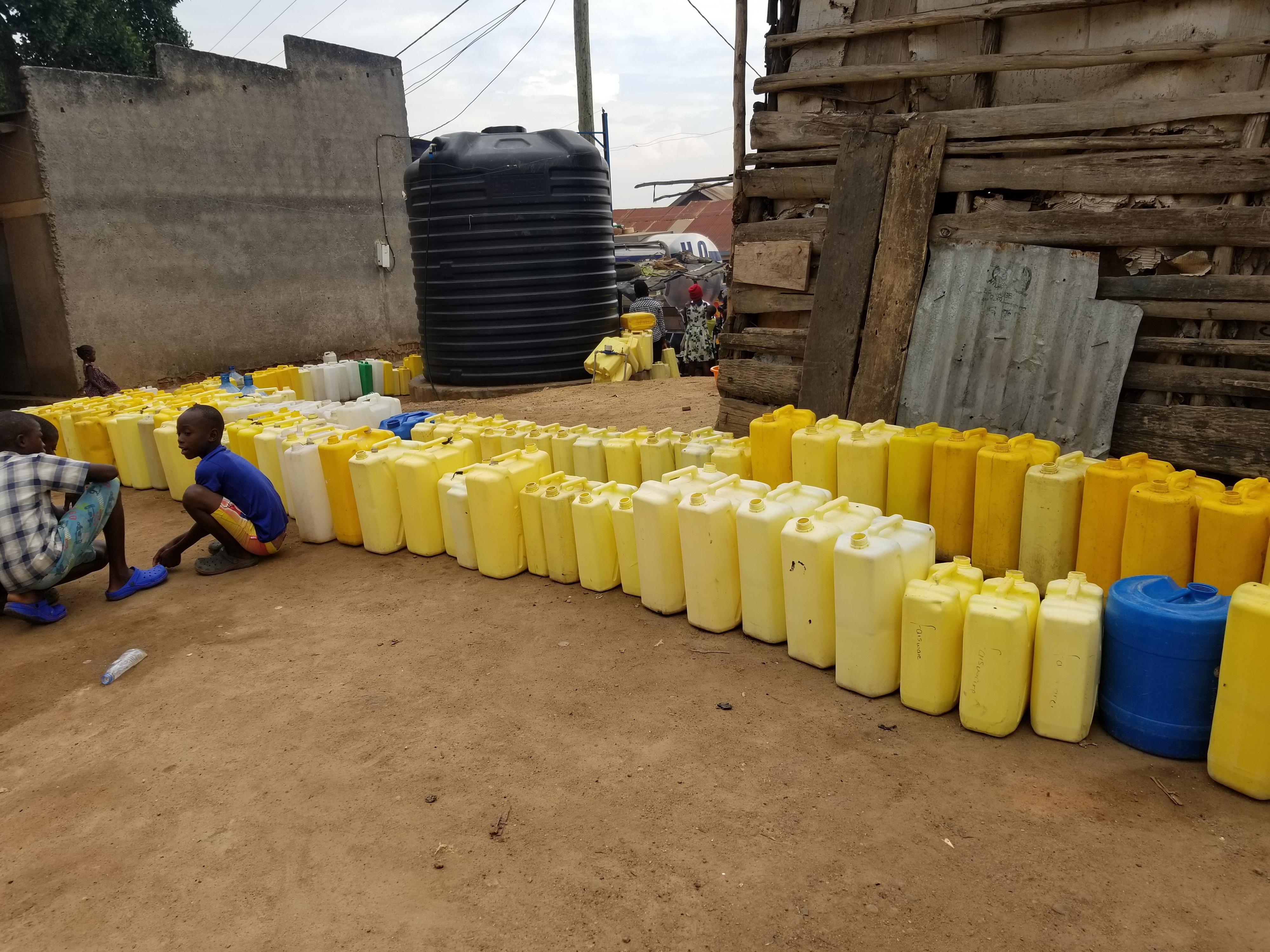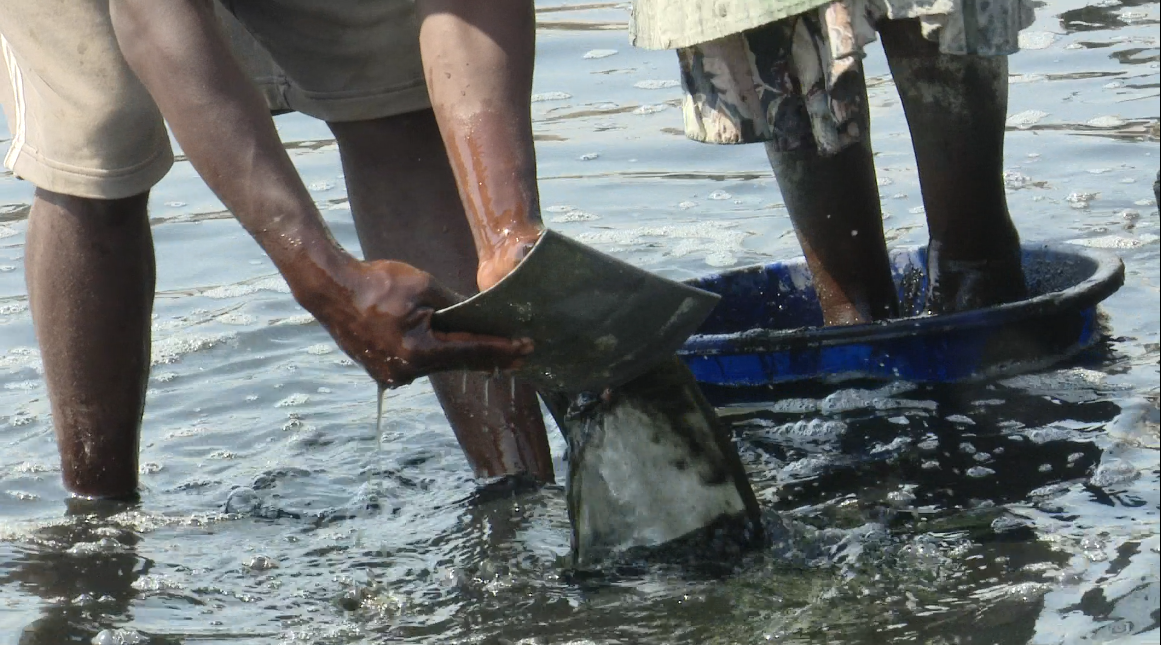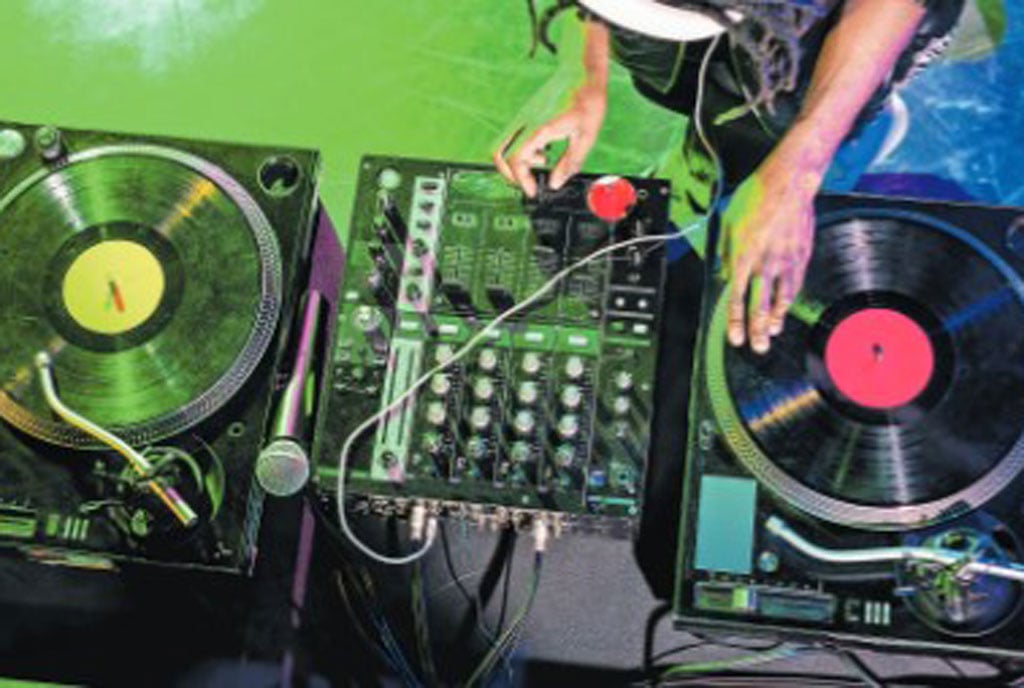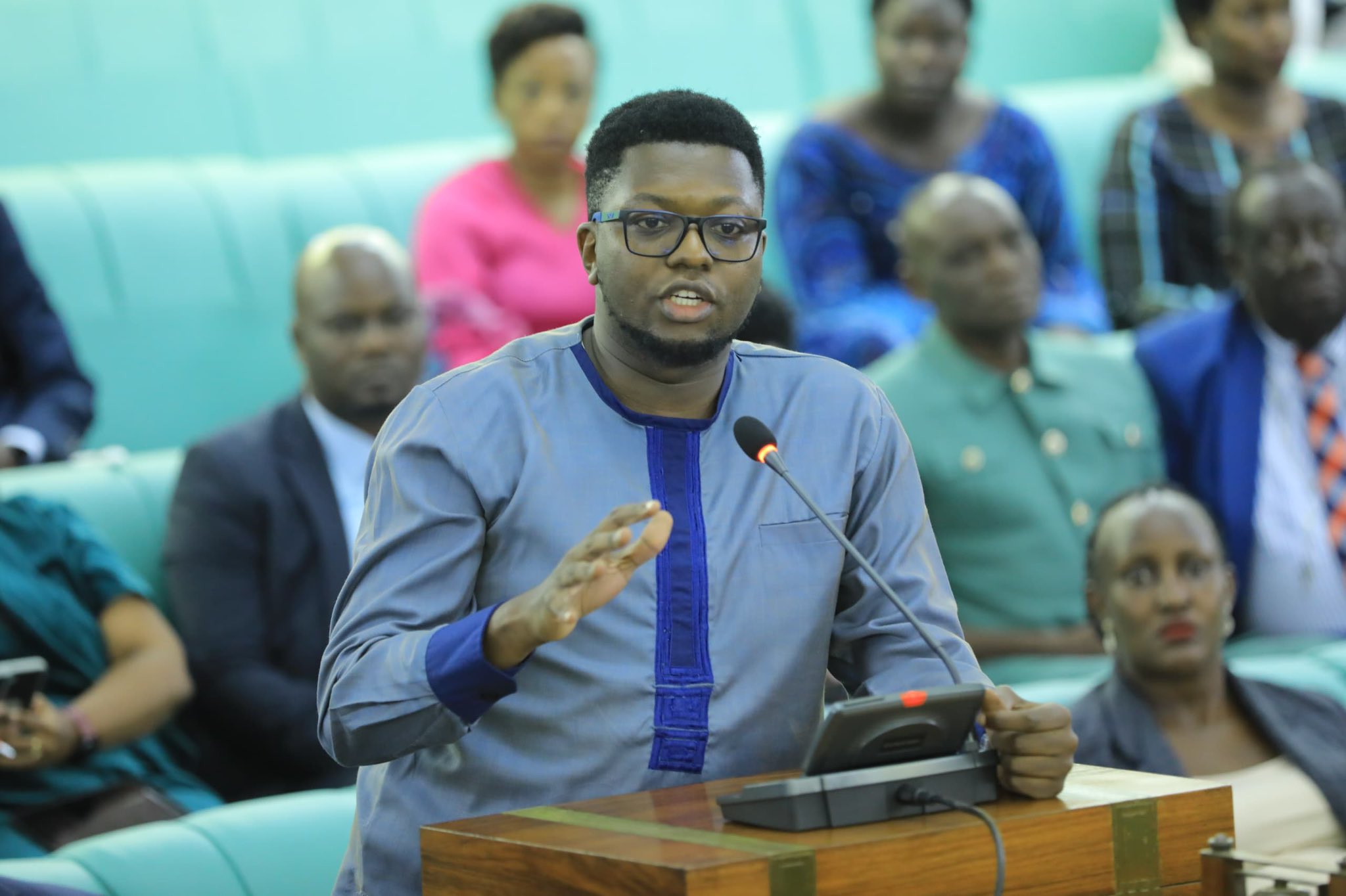Prime
Community water points offer relief to uphill locals

A community water point in Kyebando Central Zone in Kawempe Division, Kampala. PHOTO/DESIRE MBABAALI
What you need to know:
Many urban areas in Kampala have community water points installed by MTN and National Water and Sewerage Corporation to address the issue of water shortage
Kyebando Central Zone in Kawempe Division, Kampala, is estimated to have a population of about 10,000 people, according to Lazarus Kajimu Kanyike, the area chairperson.
Besides being known as a zone on a hill, the area is also known for its chronic piped water shortages.
Although water shortages have gradually become normal in Kampala, Kyebando Central Zone’s uphill location undoes it’s chances of receiving even the rationed water often released by National Water and Sewerage Corporation (NWSC).
The situation of piped water being thus, the residents then remain with a few alternatives; buying water from people that fetch it from spring wells, harvest rain water, buy from a few of their neighbours that can afford to buy from water trunks that refill their tanks or directly fetch from springs wells.
But because of its uphill location, Kyebando Central Zone, however, has no spring wells.
“We can only fetch water from spring wells in either; Elisa Zone, Mulago Zone, Nsooba Zone, or in Kisalosalo Zone, which is about one and a half kilometre from here,” Kanyike explains.
Ms Sylvia Nakabugo Namusisi, a resident of Kyebando Central Zone, shares her plight.
“We have been disturbed by shortage of water in our community. Sometimes, we take about two to three months without getting piped water,” she says.
Namusisi says she buys water for domestic use from someone who owns a water tank a few metres from her home.
She reveals that when there is running water, a 20-litre jerry can costs Shs200 but the price rises to Shs500 during scarcity.
“Sometimes, you need someone to carry it [jerry can] to your home, which costs Shs500. On such days, I spend Shs1, 000 per 20 litre jerry can yet it is also not enough. I use five jerry cans of water a day.”
This means Namusisi spends between Shs1, 000 and Shs5, 000 on water daily.
However, when all tanks in the area run dry, Namusisi has to get water from one of the spring wells in the neighbouring zones.
To fetch water from the spring wells, one has to go downhill and cross busy roads, therefore she cannot send her children.
In the end, she is left with no option but to hire men who fetch a jerry can of water at Shs1,000.
According to the Uganda National Household Survey 2016/2017, adult females are the majority of household members involved in fetching water (41 per cent) followed by female minors (22 per cent) in both rural and urban areas.
The survey also states that there was payment for water in communities, with urban residents paying more (78 per cent) than in rural communities (25 per cent).
The highest percentage of communities paying for using water was Kampala (97 per cent).
“With a meagre income, you spend almost half of the money for food on water, which is financially straining,” Namusisi says.
According to water.org, a global organisation whose main concern in access to water, due to disparities in water access in Uganda, urban people living in poverty pay as much as 22 per cent of their income to access water from water vendors, which reduces their overall household income.
Why the shortages
Kampala Water covers Kampala and some parts of Wakiso and Mukono.
“First of all, we want to apologise to a number of our clients especially in the outskirts of the city for the water shortages. For the past six years, we have experienced tremendous growth that the water we produce from Gaba is unable to meet the demand of the city,” Mr Mahmood Lutaaya, the Kampala NWSC general manager, said during an interview.
Kampala has a water demand of around 300 million litres per day yet only 240 million litres are produced, leaving a deficit of 60 million litres.
Community water points
With such water challenges and the country navigating the waves of the Covid-19 pandemic that has made access to water more important than ever, the solution was to find an alternative.
Mr Wim Vanhelleputte, the chief executive officer of MTN Uganda, shares that they partnered with NWSC to roll out 23 water points around the city where access was hard.
NWSC identified affected areas such as Kyaliwajjala, Mukono, Namugongo, Seeta, Kyebando and Wakiso.
“Among these, we spotted areas we were unable to supply water 24/7 and installed public water points with a reservoir, so that even when we are unable to provide water, people have a place to get water,” Mr Lutaaya explained.
Kyebando Central also received two community water points.
A visit to one of these points reveals a high demand for water in the area.
Jerry cans lineup from the water collection point to three more houses in the neighbourhood.
The owners leave them here and return later to collect them when they are filled.
The water at the points is not free of charge but instead, four 20-litre jerry cans cost Shs100. They also have operators who collect the money and help people fill their jerry cans with water.
Ms Rachel Bakanansa helps her mother to operate the water point.
When asked about how many people collect water from the point, she has no exact number, but says in a day, they can sell half of the water in the 10,000 litre-capacity tank.
Nakasozi Budo, Nsangi is another community with such water points.
“There was piped water in the area but because the road is under construction, the pipes were cut, so we have no water coming to us,” Ms Rebecca Babirye, a resident and water point operator, shares.
Ms Babirye says when people come to collect water, she receives their money and writes down the number of jerry cans fetched.
She then sends the money collected to NWSC using mobile money.
“I don’t have a specific time like weekly or monthly but whenever I collect a reasonable amount like Shs50,000, I send it through,” she added.
She revealed that she opens the water point at 6am and that the tank is refilled by NWSC every after two to four days .
Currently, Kampala has a total of 82 community water points.




